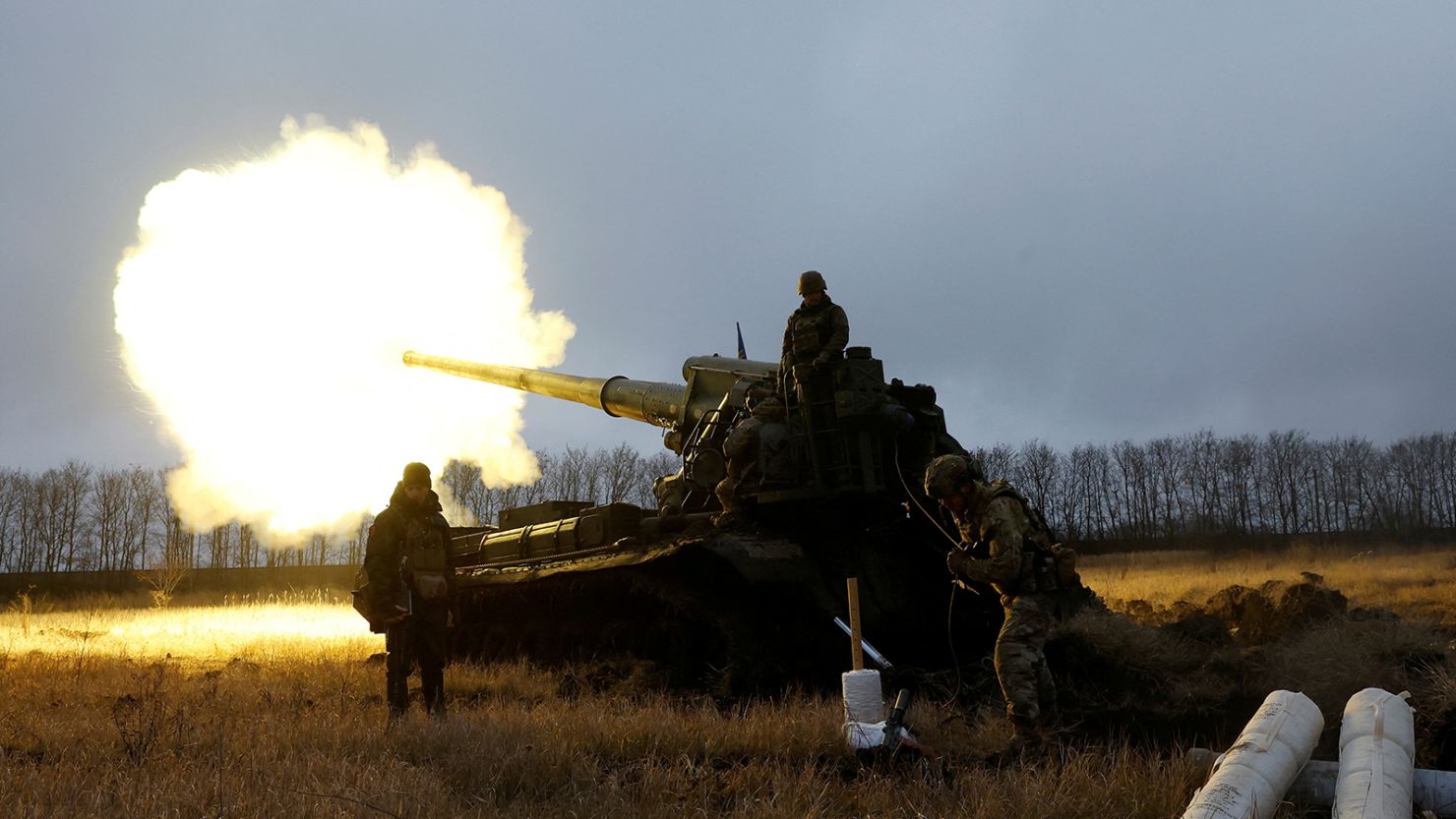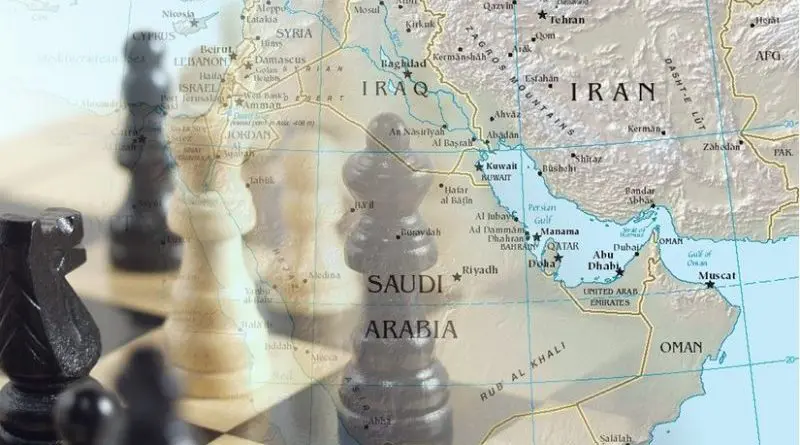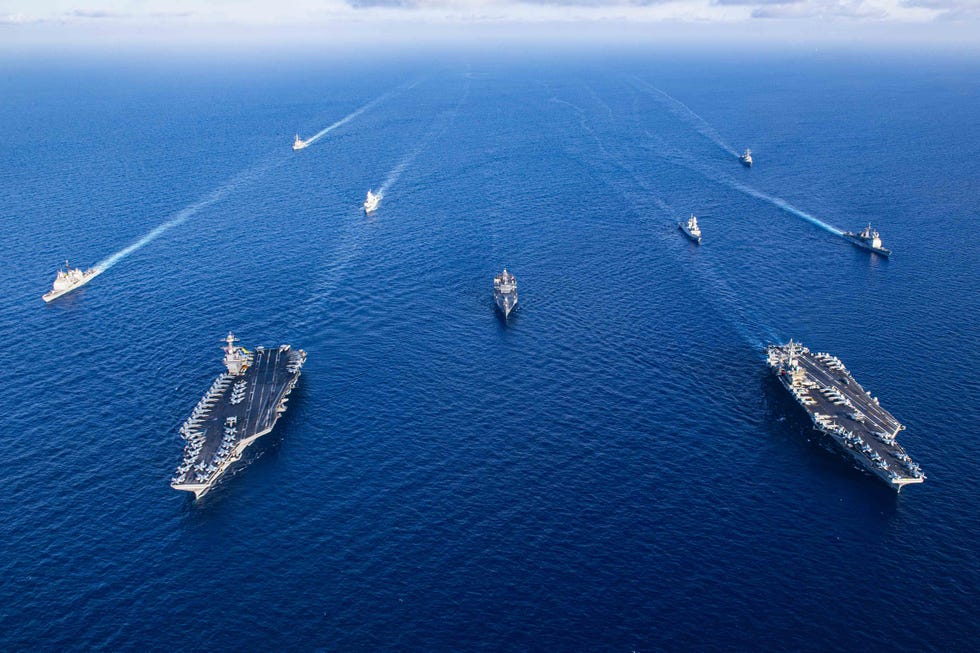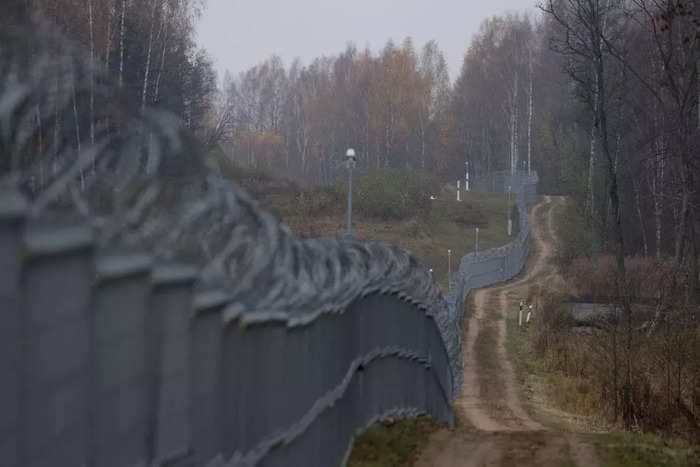Hilal Khashan
Ever since the inconclusive 2006 Israel-Hezbollah war, a rematch – and clear Israeli victory – has seemed inevitable. That conflict is now at hand. Storm clouds were gathering even before Hamas’ Oct. 7 attack, when Israel began building a wall around the Lebanese part of Ghajar village to prevent Lebanese from entering it. Israel had seized Ghajar from Syria during the Six Day War in 1967 and then extended its holdings during its occupation of southern Lebanon from 1982 to 2000. Hezbollah responded to Israel’s wall construction by setting up two tents in Israeli-held Shebaa Farms, another contested area that Israel occupied during the 1967 war. It assumed that Israel lacked the will to go to war, given Prime Minister Benjamin Netanyahu’s government’s preoccupation with domestic crises.
After the eruption of the current Israel-Hamas war, Hezbollah initiated low-intensity attacks in southern Lebanon to support Gaza. Hezbollah concluded that a token display of solidarity with Hamas would not lead to a full-scale war. Hezbollah chief Hasan Nasrallah said Israel had intended to eliminate the Islamic resistance in Lebanon, but because of his actions it lost the initiative and canceled its plans. Those statements were reminiscent of his justification for raiding northern Israel in 2006. When those raids sparked a war, Nasrallah said Israel had planned to invade Lebanon anyway. Since that conflict, Hezbollah has often claimed to have established a deterrent military capability vis-à-vis Israel. Many Lebanese, especially Shiites, took these claims at face value.
In response to the escalating skirmishes on the border with Lebanon, Israeli Defense Minister Yoav Gallant said that if Nasrallah made the same mistake as Hamas leader Yahya Sinwar, it would have disastrous consequences for Lebanon. Gallant and other senior Israeli officials demanded that Hezbollah quit the border area to avert war. But Hezbollah cannot just pack up and leave the area because doing so would shatter its reputation as a resistance movement. Israeli officials soon began to warn that time for diplomacy was running out.
Hezbollah’s Frame of Mind
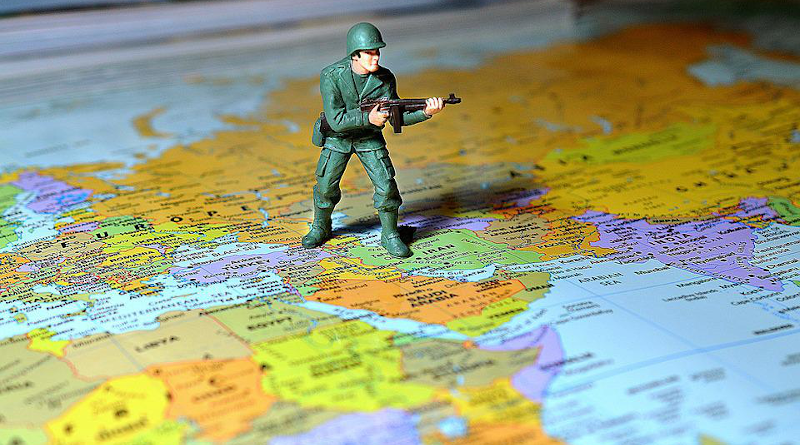
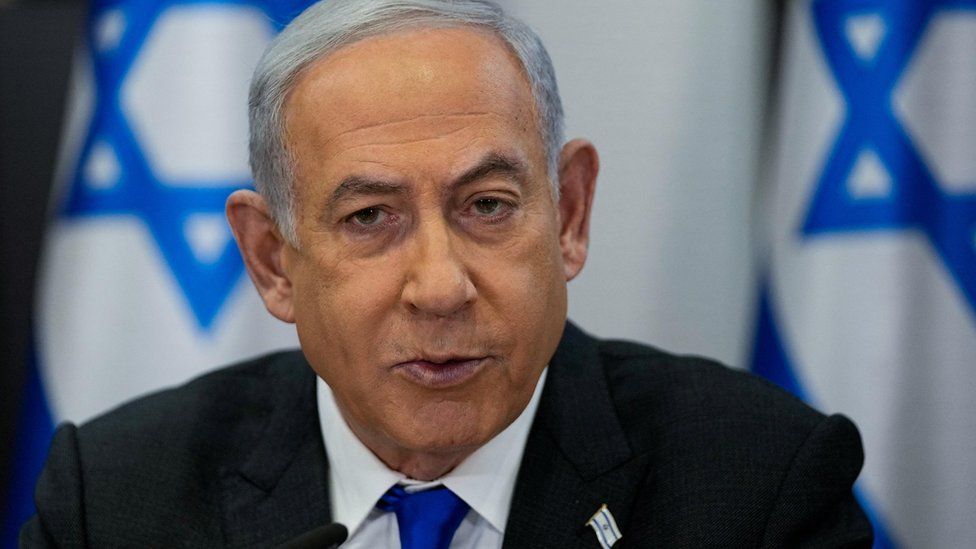


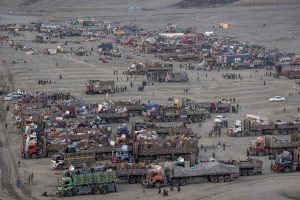
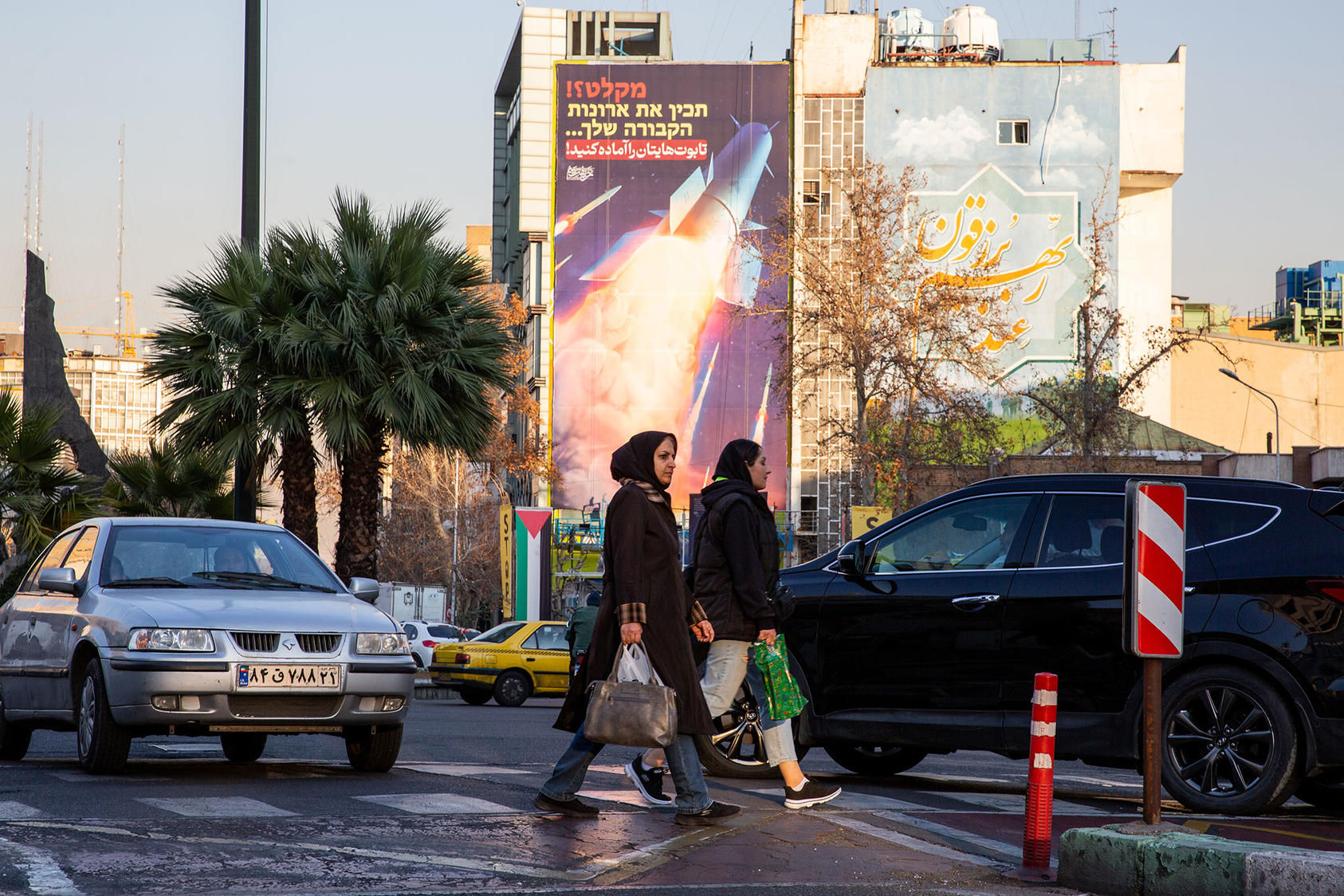
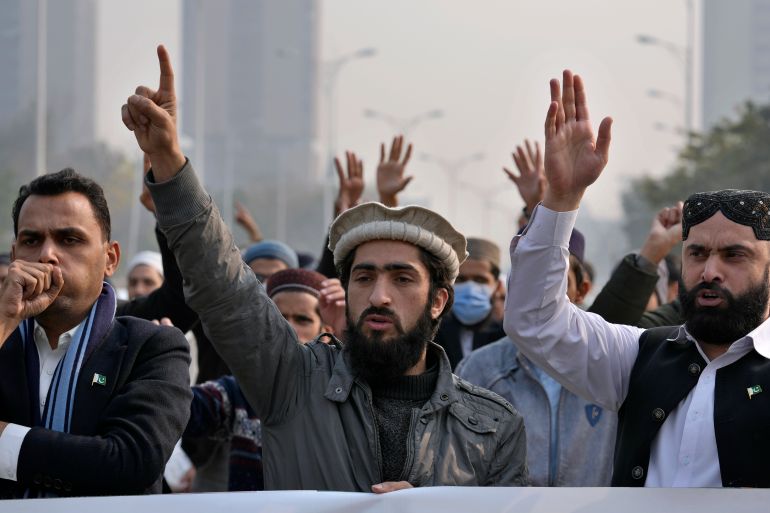
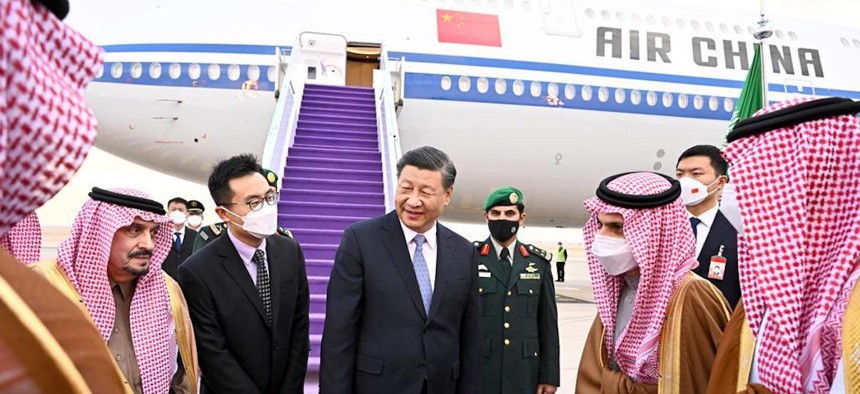
 C
C

